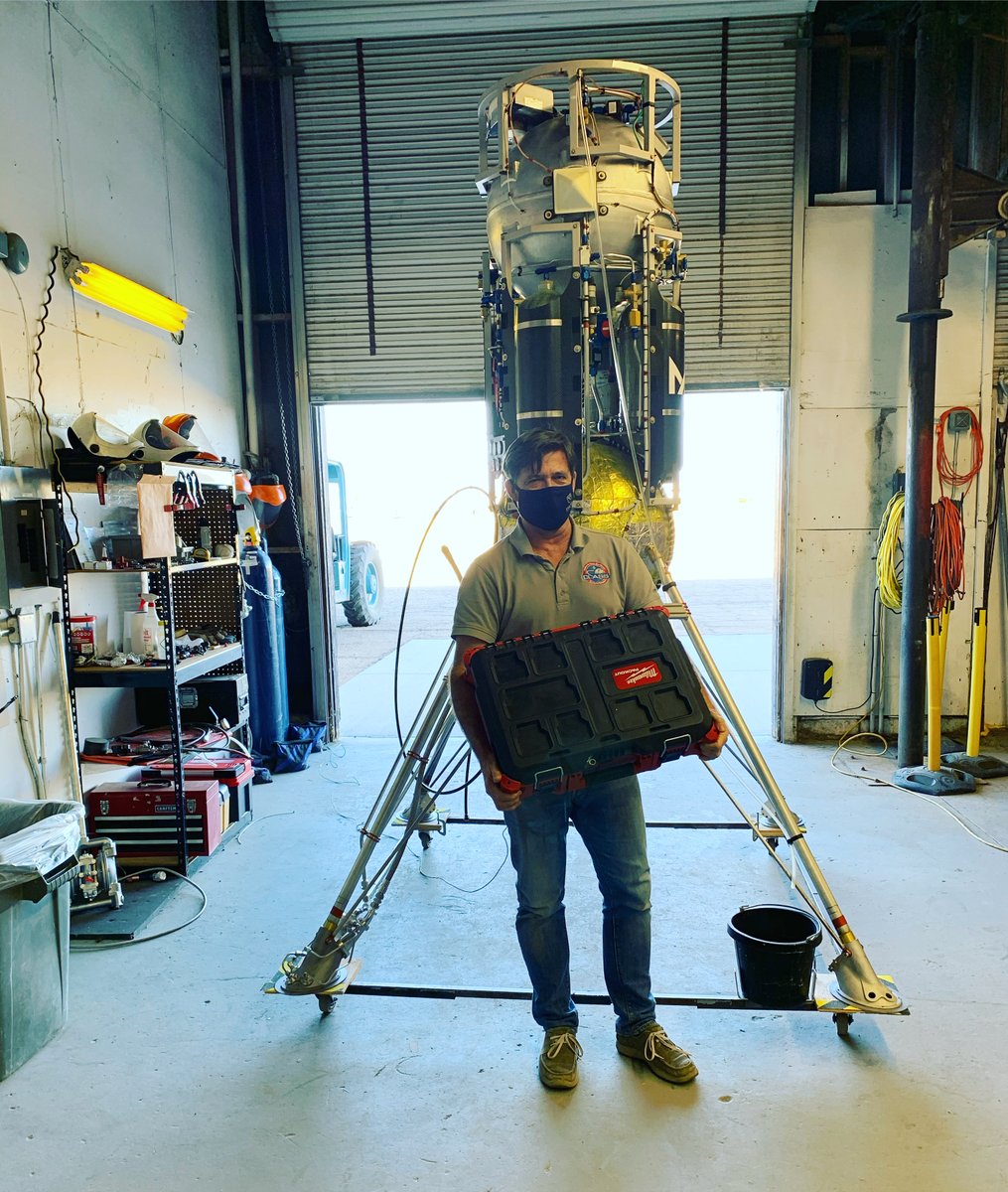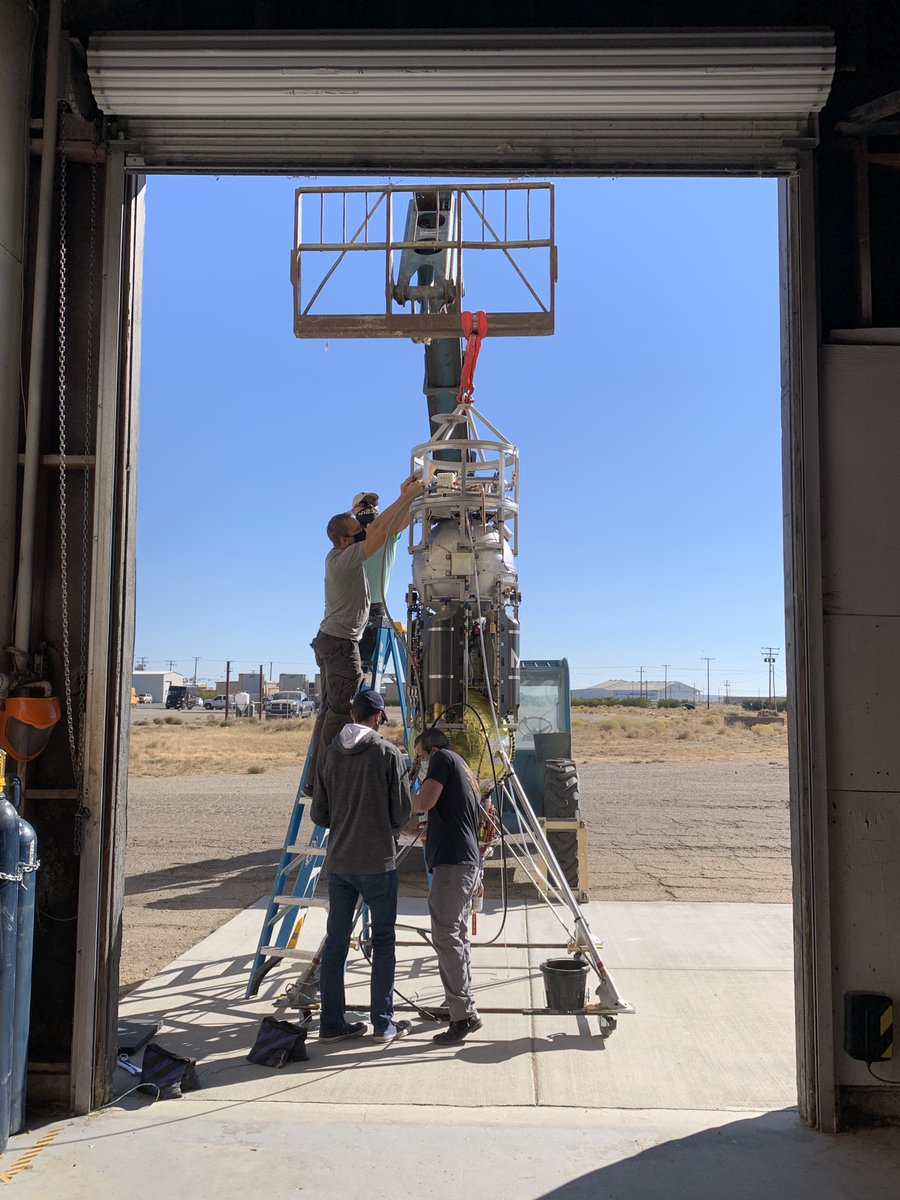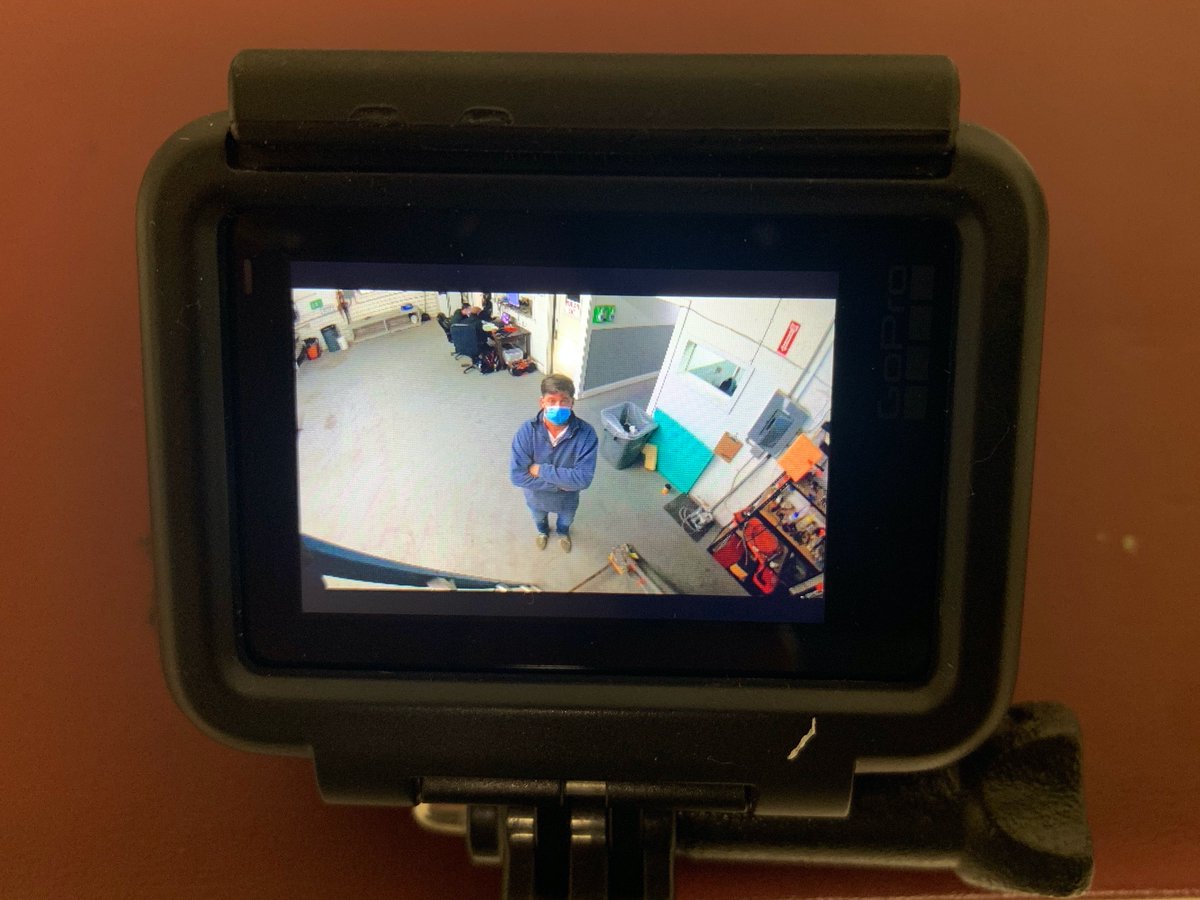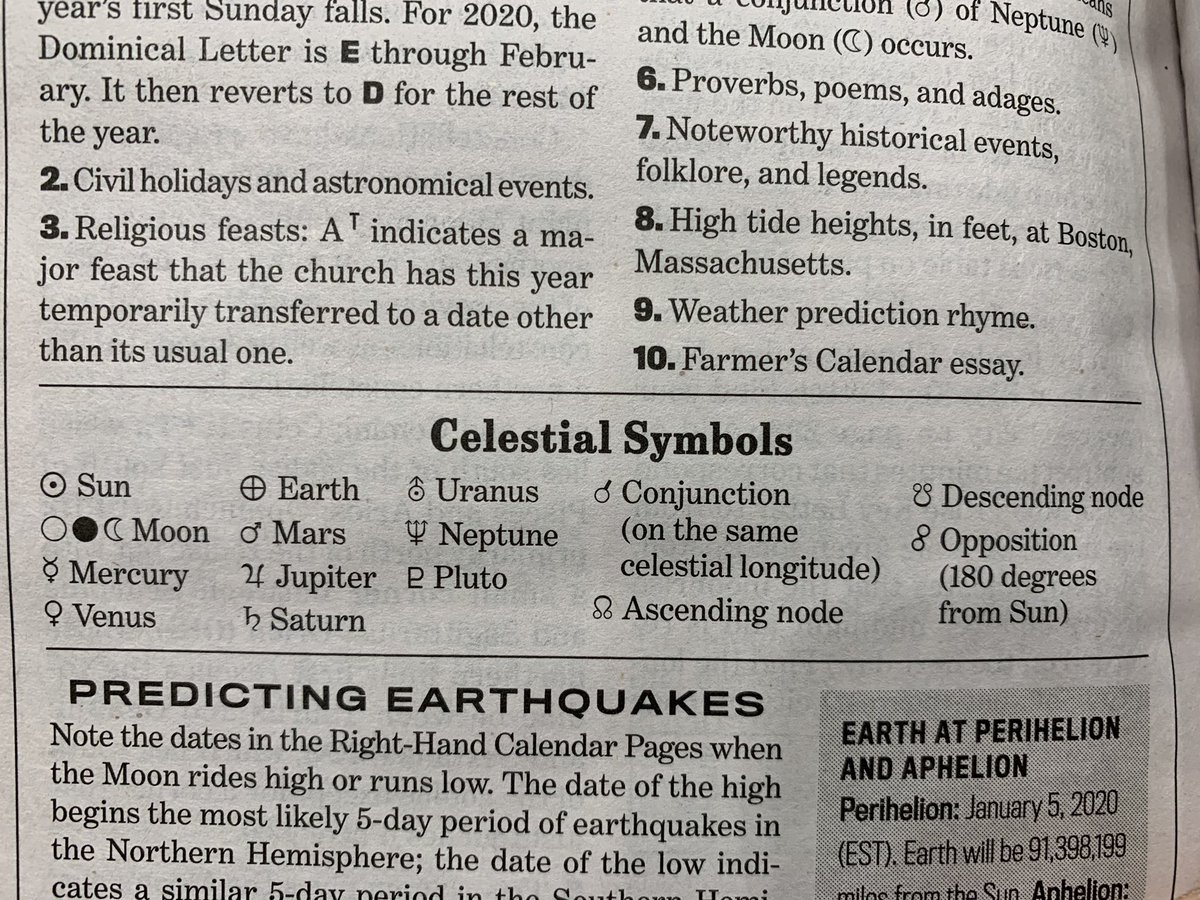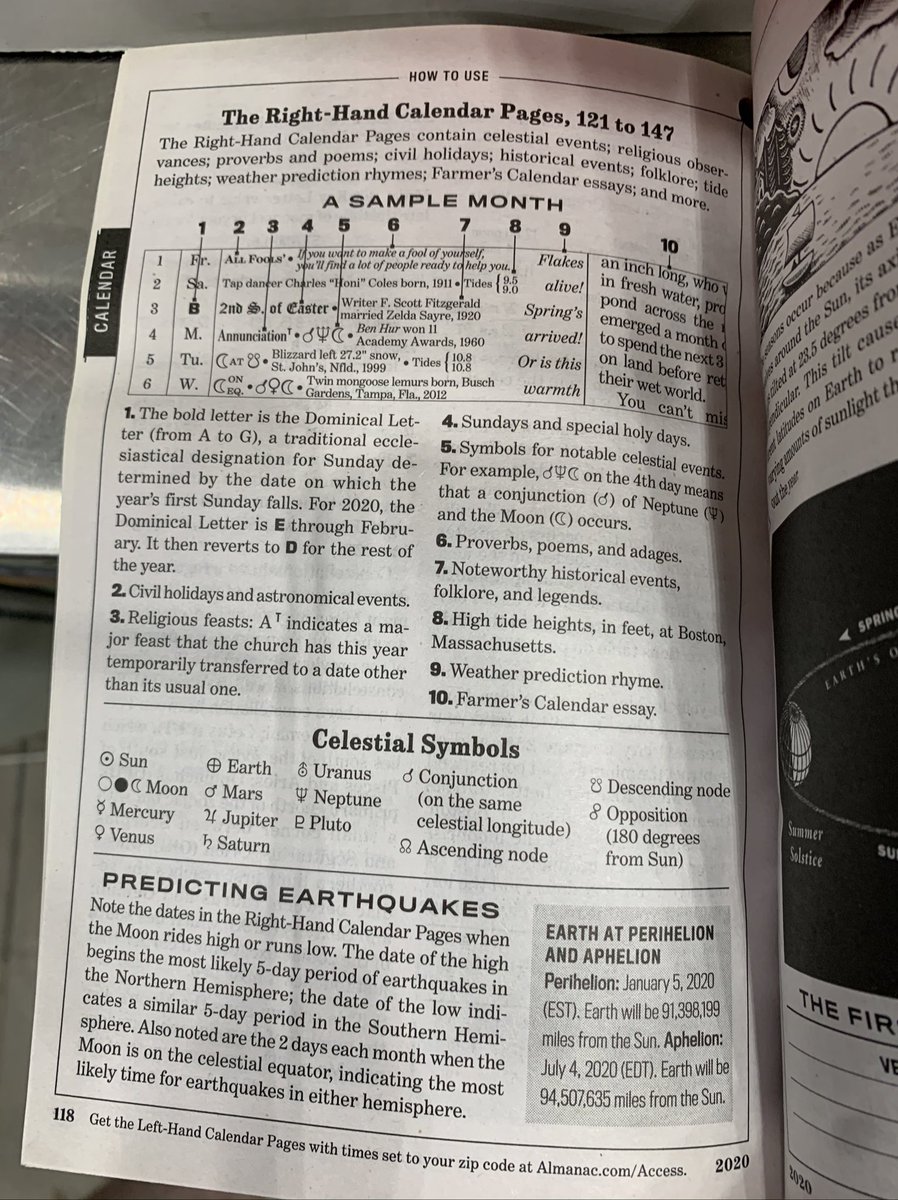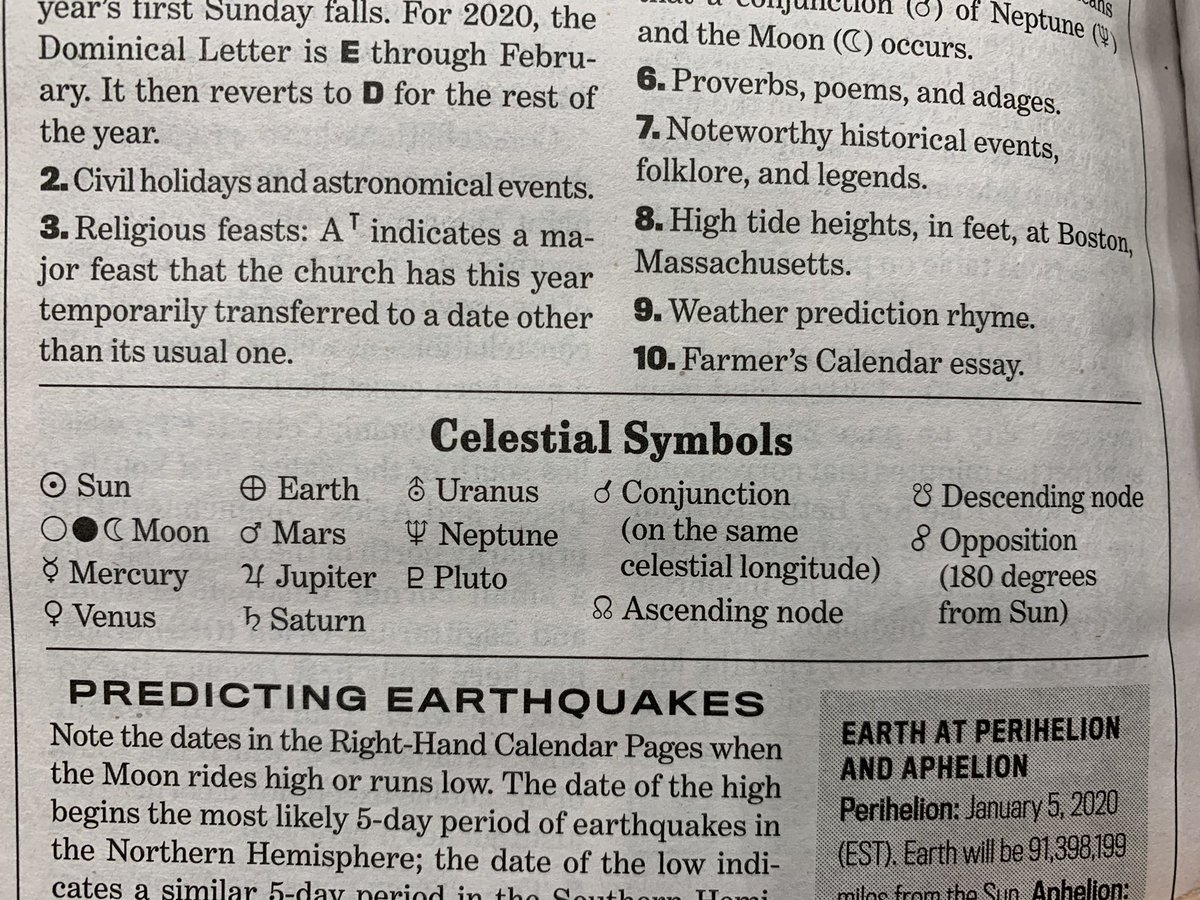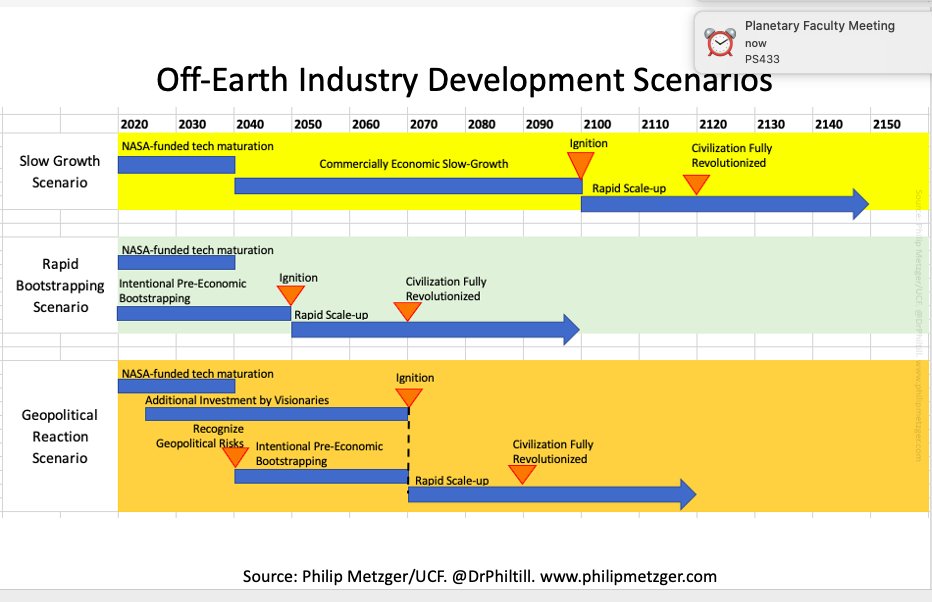
Was re-reading the Apollo flight crew debriefings and came upon this unusual phrase. Pete Conrad of Apollo 12 described how he landed the Lunar Module as "milking her down." This reminds me of the prevalence of strange jargon when I worked on the Space Shuttle... 1/n 

2/ I can't remember many of the strange phrases any more. (Sigh) But I remember this one:
"We need to put that dawwwg to bed!"
And "milking the job" meant taking too long to finish a job because you are lazy and dragging out the task as a way to avoid more work.
"We need to put that dawwwg to bed!"
And "milking the job" meant taking too long to finish a job because you are lazy and dragging out the task as a way to avoid more work.
3/ I don't know why "milking it" came to mean being lazy and dragging out a task. I remember the jargon was always evolving and taking on new meanings. Maybe milking cows was a slow task? Maybe it meant you were getting all the benefit out of a task, like getting milk? Anyhow...
4/ ...Pete Conrad's phrase "milking her down" illustrates how the jargon in human spaceflight was always evolving. Landing a vehicle slowly is NOT the same as dragging out a task because of your laziness. But apparently, Pete generalized "milking" to mean "doing any job slowly".
5/ And as a result we ended up with bizarre phrases like this, as if an astronaut driving a spaceship is reminiscent of a farmer getting milk out of a cow. Hilarious!😂
Maybe this is the origin of Pete's phrase. Cool!
https://twitter.com/RossEngineer/status/1339256829193322496?s=20
• • •
Missing some Tweet in this thread? You can try to
force a refresh

